
Electric hoists are powerful workhorses, indispensable in workshops, Lagerhäuser, Baustellen, manufacturing plants, and garages. But with a vast array of models, capacities, and features available, selecting the right one can feel overwhelming. Choosing incorrectly can lead to inefficiency, safety hazards, or premature equipment failure. This guide breaks down the key factors to consider, ensuring you invest wisely in the hoist that perfectly matches your needs.
Online -ChatHow to choose an electric hoist? The following will focus on ten aspects to introduce in detail the matters needing attention when selecting an electric hoist.
Identify Your Maximum Load: This is the absolute most critical factor. Never exceed the hoist’s rated capacity. Calculate the heaviest single item you need to lift regularly, including any attachments (slings, Haken, spreader bars).
Safety Margin is Key: While a 1-ton hoist might lift 1 Tonne, operating constantly at maximum capacity stresses the equipment and reduces its lifespan. Consider choosing a hoist rated for 20-25% more than your absolute heaviest load. This provides a crucial safety buffer and ensures smoother operation.
Future-Proofing: Think about potential future needs. Will you be handling heavier items down the line?
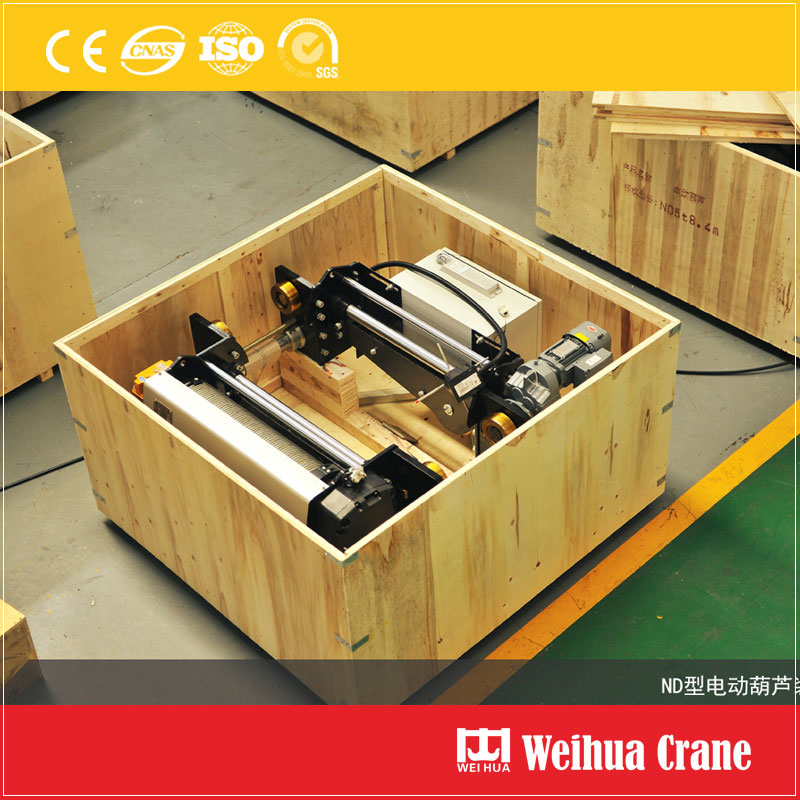
Measure Accurately: Determine the exact distance you need to raise your load from its lowest starting point to its highest required position. Include clearance for hooks and attachments. Crucially, ensure you have sufficient overhead room in your workspace for the hoist itself and the raised load.
Speed Requirements: Hoist lifting/lowering speeds vary significantly.
Standard Speeds (Z.B., 8-20 ft/min): Suitable for most general-purpose lifting, positioning, and maintenance tasks.
High Speeds (Z.B., 30+ ft/min): Essential for production lines, repetitive tasks, or where time efficiency is paramount. Remember: Higher speeds often mean higher costs.
How often and how intensely will the hoist be used? Electric hoists are classified (often under CMAA or FEM standards) based on duty cycle:
H1 / Class 1 (Standby or Infrequent Service): Occasional use (Z.B., < 15% of the time), maintenance shops, very light duty.
H2 / Class 2 (Light Service): Moderate use (Z.B., 15-25%), machine shops, light assembly.
H3 / Class 3 (Moderate Service): Regular use (Z.B., 25-40%), production lines, warehousing.
H4 / Class 4 (Heavy Service): High utilization (Z.B., 40-60%), frequent heavy loads, demanding environments.
H5 / Class 5 (Severe Service): Near-continuous use (>60%), foundries, steel mills.
Choosing the Right Class: Select a hoist rated for a duty class equal to or higher than your actual anticipated usage. Using a light-duty hoist in a severe service environment will lead to rapid wear and failure.
Voltage & Phase: Check your available electrical supply.
Single-Phase (Z.B., 115V, 230V): Common for smaller workshops, garages, and lower capacity hoists (< 5 tons typically). Easier to find outlets.
Three-Phase (Z.B., 230V, 460V, 575V): Standard for industrial settings, larger capacities (> 5 Tonnen), and higher-duty applications. More efficient for powerful motors. Ensure your facility has the correct 3-phase power available.
Cord Length & Plug Type: Consider the distance to the nearest suitable outlet. Does the hoist come with a cord and plug, or will you need to hardwire it? Factor in installation requirements.
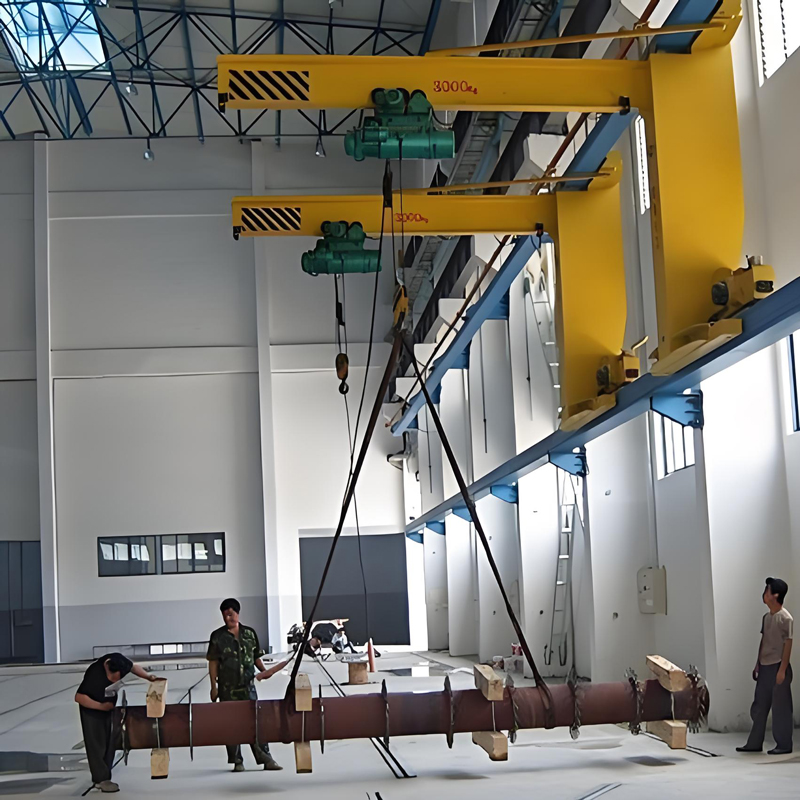
Indoor vs. Outdoor: Standard hoists are for indoor use. For outdoor or damp environments (Z.B., Baustellen, marinas, washdown areas), you need a weatherproof or corrosion-resistant model (look for IP54/IP55 ratings or higher, stainless steel components).
Temperature Extremes: Very high or very low ambient temperatures require hoists specifically designed or rated for those conditions. Lubricants and electrical components can be affected.
Hazardous Atmospheres: If operating where flammable gases, vapors, or dust are present (Z.B., paint booths, chemical plants, grain elevators), you MUST select a hoist certified for Explosive Atmospheres (Z.B., ATEX, Class/Division ratings). Standard hoists can ignite hazards.
Space Constraints: Consider the physical dimensions of the hoist itself and the required clearances for operation. Will it fit under your beams or in the designated area?
Trolley montiert: The most common type. The hoist rolls along a beam (I-beam or monorail) via a trolley kit. Provides horizontal movement. Choose between push-type trolleys (manual pushing) or motorized trolleys (powered travel).
Fixed Mount (Static): The hoist is permanently attached to a single point (Z.B., a sturdy hook mount, a fixed bracket). Used for vertical lifting only in one spot.
Gantry/Crane Mounted: Hoists are the lifting component on portable gantry cranes or overhead bridge cranes. Ensure compatibility with the crane’s structure and controls.
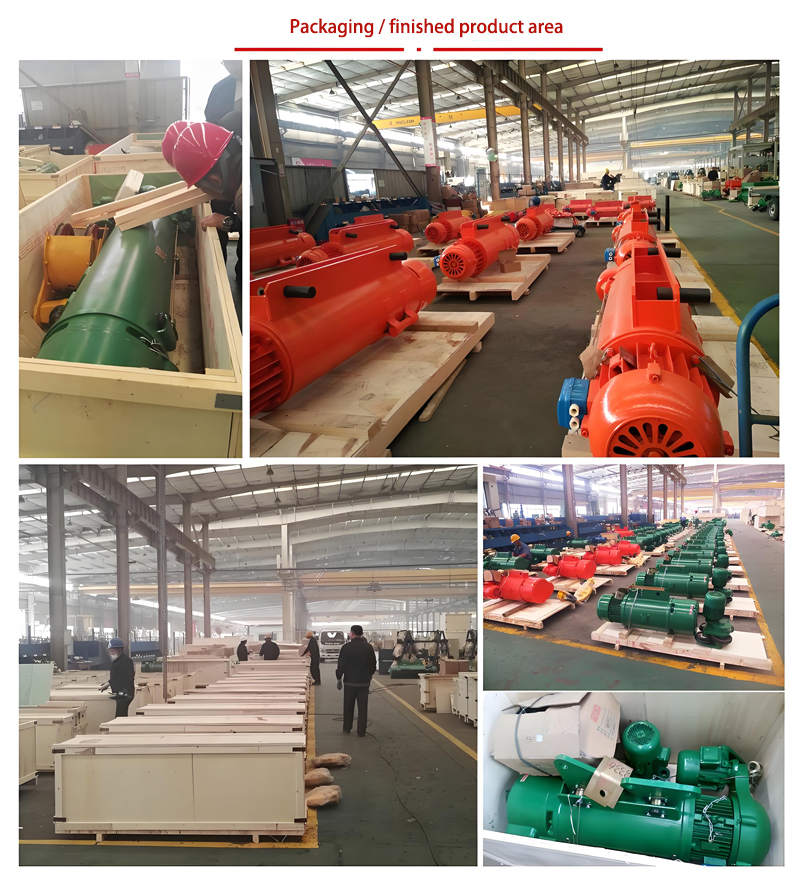
Anhängerkontrolle: A wired handheld control unit hanging from the hoist. The most common and economical option. Consider cord length needed for safe operator positioning.
Elektrisches Hebezeug mit Fernbedienung: Wireless operation offers maximum freedom of movement and visibility for the operator, especially valuable in large areas or when precise load spotting is needed. More expensive but enhances safety and efficiency in many scenarios.
Cab Control: Operator controls located in a cab on a large overhead crane (less common for basic electric hoists).
Upper Limit Switch: Automatically stops the hoist before the hook block reaches the drum, preventing dangerous overwinding.
Lower Limit Switch: Optional but useful to prevent the hook block from crashing down when fully lowered.
Überlastschutz: Crucial safety mechanism (mechanical or electronic) that prevents the hoist from operating if a load exceeds its rated capacity. Never bypass this!
Notstopp (E-Stop): A prominent, easily accessible button to immediately cut power in an emergency.
Brakes: Reliable fail-safe braking systems are essential for holding loads securely. Check the type (disc, electromagnetic) and its rating.
Certifications: Look for hoists built to recognized safety standards (Z.B., ASME B30.16 in North America, CE marking per Machinery Directive/EU regulations, GB standards in China). This indicates independent testing and compliance.
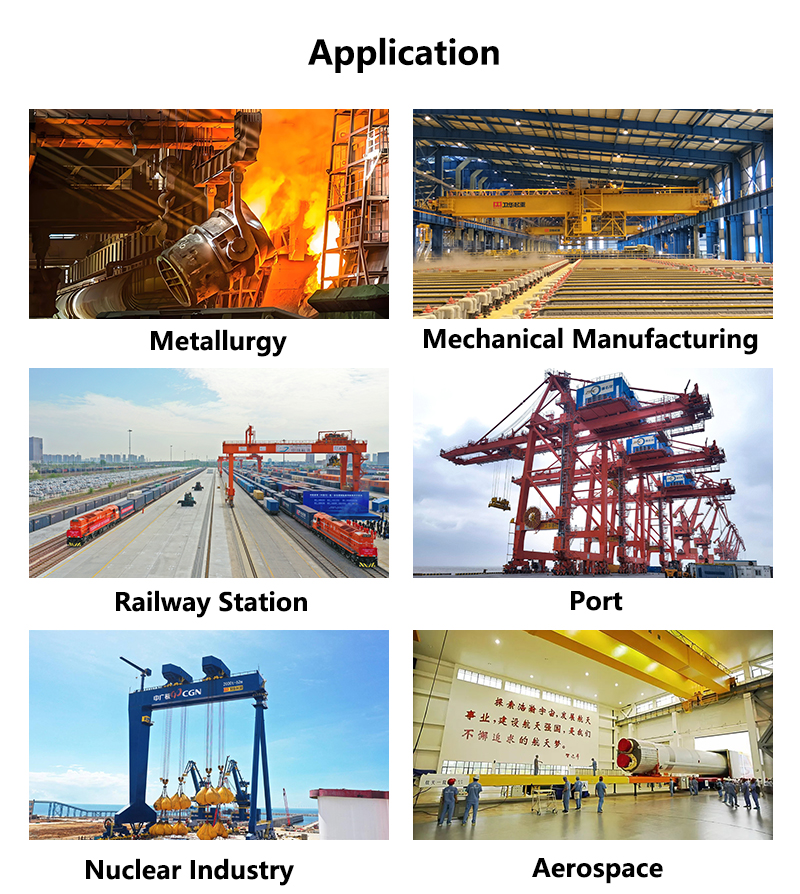
Reputable Manufacturers: Choose brands known for quality, reliability, and adherence to safety standards. Research reviews and industry reputation.
Warranty: Understand the warranty terms and duration.
Local Support & Parts Availability: Consider the availability of technical support, service technicians, and spare parts in your region. Downtime can be costly.
While price is always a factor, prioritize safety, capacity, and suitability for the task over the lowest initial cost. A cheap hoist that fails or causes an accident is far more expensive in the long run.
Factor in the total cost of ownership: purchase price, Installation, potential crane/beam modifications, maintenance, and energy efficiency.

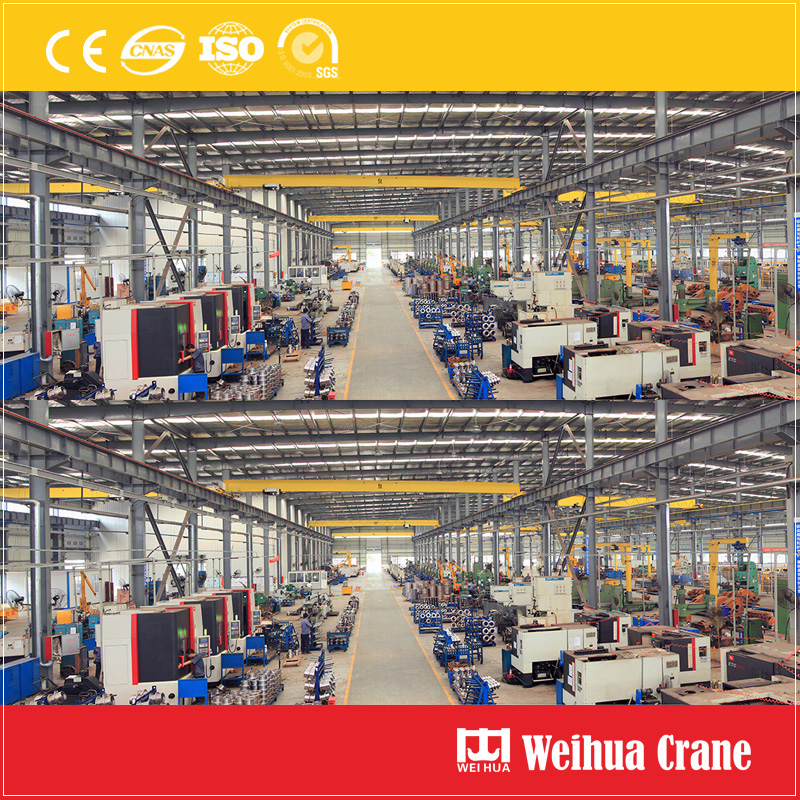
Choosing the right elektrischer Hebezeug is an investment in safety, efficiency, and productivity. By systematically evaluating these factors – starting with the fundamental capacity and duty cycle, then considering your environment, power supply, mounting needs, controls, and essential safety features – you can confidently narrow down your options.
Don’t hesitate to consult with reputable hoist suppliers or distributors. Provide them with detailed information about your application, and they can offer specific model recommendations. Prioritize quality and safety certifications, and ensure you have the correct infrastructure and professional installation. With careful selection, your electric hoist will be a reliable and valuable asset for years to come.
Wir schätzen Ihr Feedback! Bitte füllen Sie das folgende Formular aus, damit wir unsere Dienste auf Ihre spezifischen Anforderungen anpassen können.
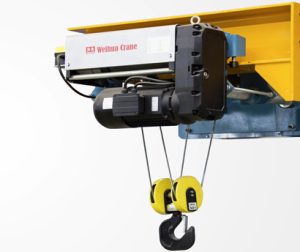
Der 3 Der Tonnen-Elektrokettenzug ist ein mittelgroßes Hebegerät, das von Weihua G… entwickelt wurde.
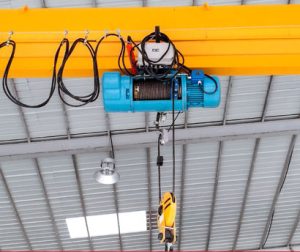
Weihha 2000 Der elektrische Hebezeug von Pound vereint Weihuas langjährige Berufserfahrung …
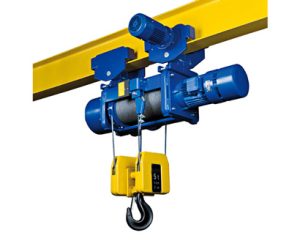
The electric hoist trolley is an efficient, safe, light and small lifting equipment. Com……
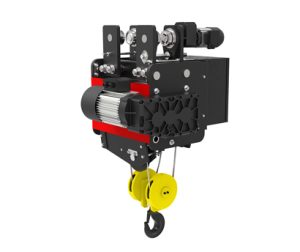
20 FT Electric Cable Hebeparameter Einstufung Parametername Details Grundlegend p ……
